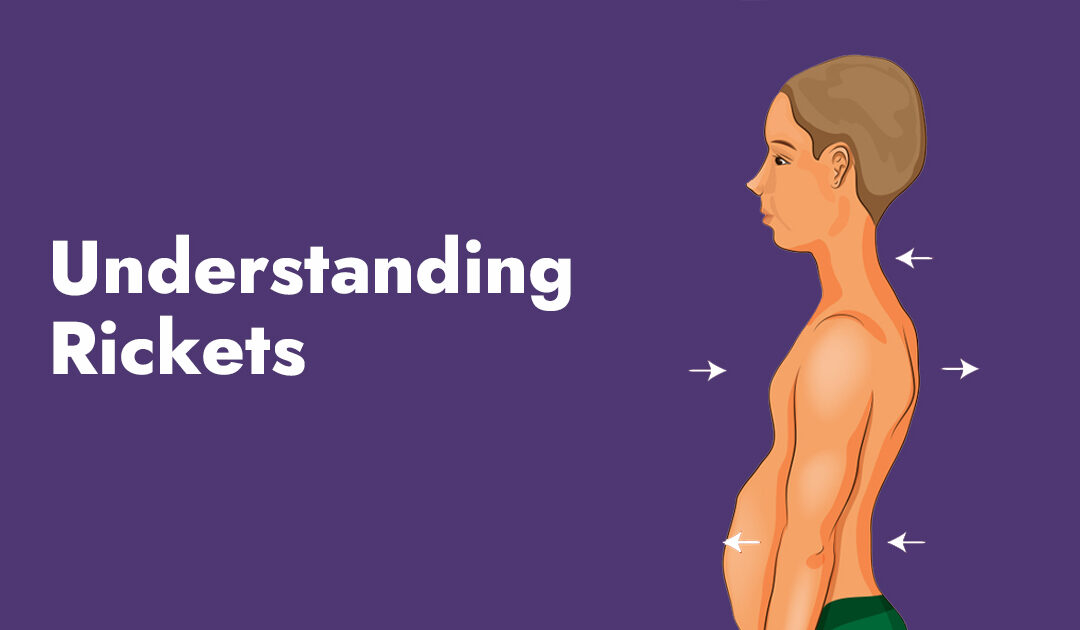Rickets is a softening and weakening of the bones in children caused by a severe and sustained vitamin D deficiency. Rare hereditary disorders can also result in rickets.
Vitamin D aids your child’s absorption of calcium and phosphorus from his or her meals. A lack of vitamin D makes it difficult to maintain normal calcium and phosphorus levels in bones, which can lead to rickets.
Rickets weakens the sections of growing tissue at the ends of a child’s bones (growth plates), causing skeletal abnormalities such as:
- Bowed legs or knocked knees.
- Thickened wrists and ankles
- Breastbone Projection
What are some symptoms to look out for?
Signs and symptoms of rickets may include:
- Delayed growth
- Delayed motor skills
- Pain in the back, pelvis, and legs
- Muscle weakness.
Some causes to keep in check:
- Lack of Vitamin D – Children who do not consume enough vitamin D from these two sources may develop a deficit:
- Sunlight: When your youngster is exposed to sunlight, his or her skin creates vitamin D.
- Food: Fish oil, egg yolks, and fatty fish such as salmon and mackerel all contain vitamin D. Vitamin D has also been added to a variety of meals and beverages, including milk, cereal, and various fruit juices.
Problems with Absorption – Some children are born with or develop medical problems that limit their ability to absorb vitamin D. Examples include:
- Celiac disease.
- Inflammatory Bowel Disease
- Cystic Fibrosis
- Kidney issues.
Adding vitamin D or calcium to the diet usually resolves the bone issues linked with rickets. If your child’s rickets is caused by another medical condition, he or she may require extra medications or treatment. Certain bone abnormalities induced by rickets may necessitate corrective surgery. Rare hereditary illnesses associated with low amounts of phosphorus, the other mineral component in bone, may necessitate extra medications.
